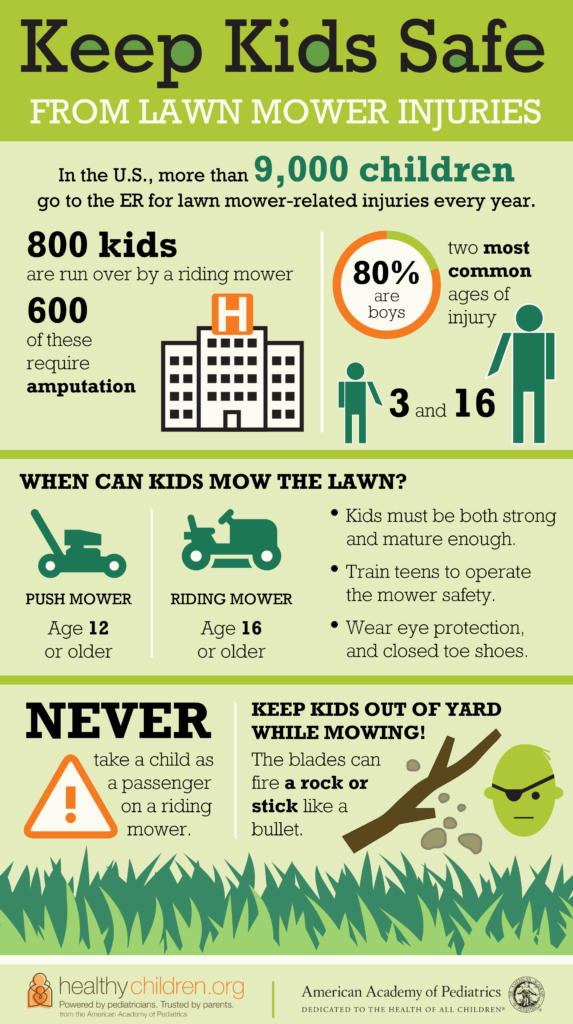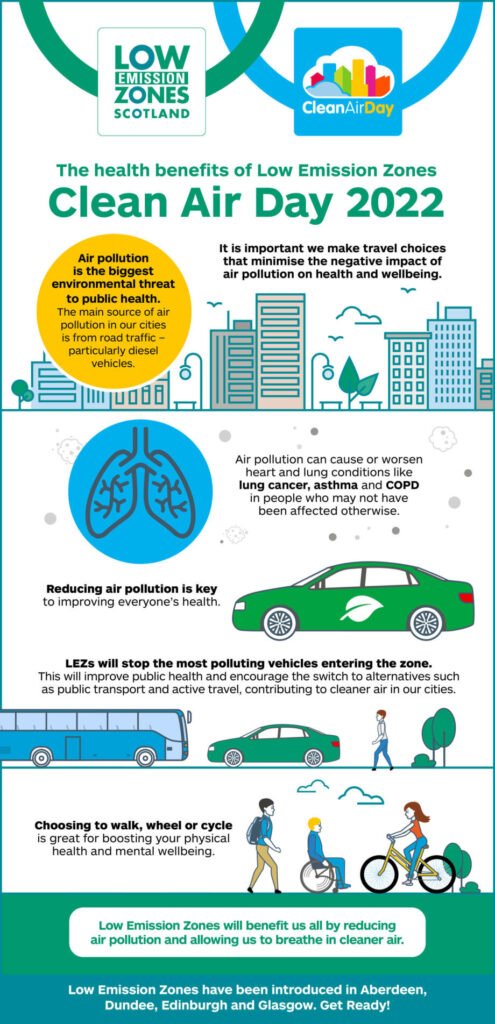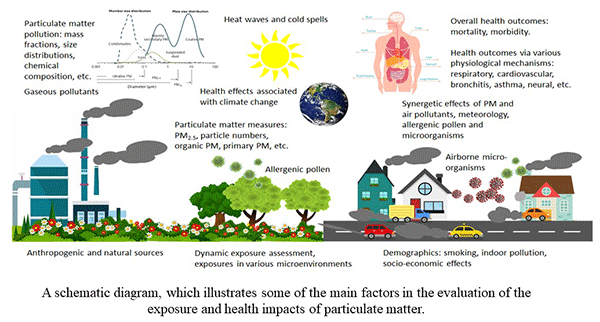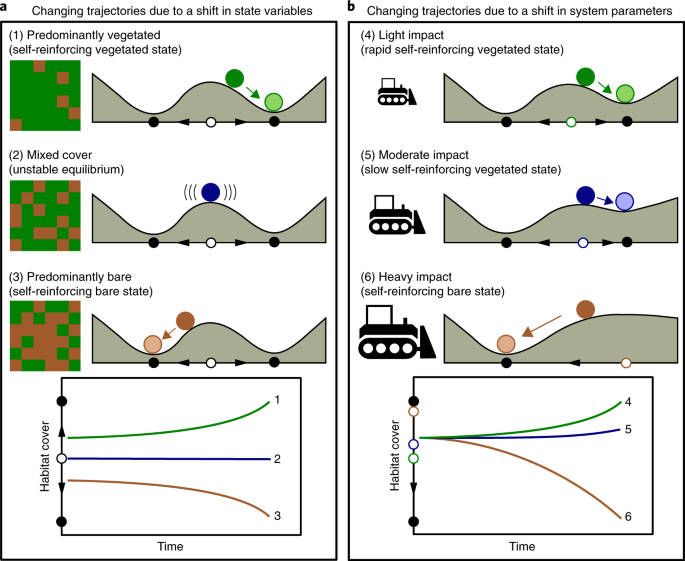We know that keeping your little ones safe is always a top priority, and with the warm weather approaching, it’s important to be aware of the potential dangers that a lawn mower can pose to toddlers. In this article, we will provide you with essential tips and guidelines to ensure the safety of your precious ones around lawn mowers. From teaching them about the dangers to creating safe boundaries, we’ve got you covered. So, let’s get started and make sure your little adventurers can enjoy the great outdoors while staying out of harm’s way.
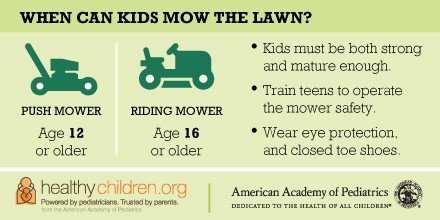
This image is property of www.healthychildren.org.
1. Choose the Right Lawn Mower for Safety
1.1. Consider the Size and Type of Lawn Mower
When it comes to choosing a lawn mower for a household with toddlers, one of the first things to consider is the size and type of the mower. Opting for a smaller-sized mower can be advantageous as it provides better maneuverability and control. Push mowers or walk-behind mowers are generally considered safer compared to riding mowers, especially when it comes to mowing around toddlers. The smaller size and simplicity of manual push mowers make them a safer option for families with young children.
1.2. Look for Safety Features
Another important factor to consider when choosing a lawn mower for the safety of toddlers is the presence of safety features. Look for mowers that have features such as a blade brake/clutch system, which allows the blades to stop rotating when the handle is released. This feature can prevent injuries if the mower accidentally slips out of your hands. Additionally, mowers equipped with a safety key system or a pull-cord ignition can help prevent accidental starts by requiring a deliberate action to start the mower.
1.3. Opt for Manual Push Mowers
Manual push mowers, also known as reel mowers, are an excellent option for families with toddlers. These mowers are powered by the operator’s pushing force and do not have any engine or motor. Due to their design, manual push mowers have little to no risk of throwing debris, reducing the chances of accidents. Additionally, since they do not emit harmful fumes or make excessive noise, they provide a safer and more pleasant environment for both the toddlers and the operator.
2. Prepare the Environment
2.1. Clear the Lawn from Debris
Before starting to mow the lawn, it is important to clear the area of any debris or objects that could pose a safety hazard. Walk around the lawn and pick up any toys, garden tools, or other items that could potentially be thrown by the mower or become entangled in the blades. Removing these obstacles will minimize the risk of accidents or damage to the lawn mower.
2.2. Check for Potential Hazards
Take a moment to inspect the lawn for any potential hazards that could cause accidents while mowing. Look out for rocks, tree stumps, or any other uneven surfaces that could cause the mower to tip over. Additionally, be cautious of any sprinkler heads or other irrigation systems that may be hidden in the grass. Identifying and addressing these hazards before you start mowing will ensure a safer mowing experience for both you and your little ones.
2.3. Establish a Safety Zone
Creating a safety zone around the area you are about to mow is essential to protect your toddlers from potential harm. Use flags, cones, or any other visible markers to clearly define the boundaries of the safety zone. Instruct your toddlers to stay within this designated area while you are mowing the lawn. By establishing a safety zone, you can minimize the risk of accidents and provide a clear understanding of where the children can play safely.

This image is property of nebraskayardcare.com.
3. Educate and Supervise
3.1. Teach Toddlers about Lawn Mower Dangers
Educating your toddlers about the dangers of lawn mowers is crucial for their safety. Engage in age-appropriate conversations with them, explaining how lawn mowers are powerful machines that can cause serious injuries. Use simple yet effective language to convey the message and make sure they understand the potential risks associated with being near a running lawn mower. By instilling this knowledge early on, you can help your toddlers develop a sense of caution and awareness around lawn mowers.
3.2. Never Leave Toddlers Unattended
One of the most critical aspects of lawn mower safety for toddlers is ensuring they are never left unattended when a mower is in operation. Always have a responsible adult or caregiver supervising the children, even if they are in the designated safety zone. This supervision is essential to quickly address any unforeseen situations and prevent any accidental encounters between the toddlers and the mower. By staying vigilant and present, you can significantly reduce the risk of injuries.
3.3. Establish Clear Rules and Expectations
Establishing clear rules and expectations regarding lawn mower safety is essential for toddlers. Help them understand the boundaries and set guidelines for behavior around the mower. Teach them to never approach or touch a running mower and explain the importance of staying within the safety zone. By consistently reinforcing these rules, you can enhance their understanding of the potential dangers and their responsibility in ensuring a safe mowing environment.
4. Dress Appropriately
4.1. Wear Closed-Toe Shoes
Choosing the right footwear is crucial to ensure the safety of both the operator and the toddlers. When mowing the lawn, always wear closed-toe shoes that provide good traction and protect your feet from potential hazards. Avoid wearing sandals or flip-flops as they can increase the risk of injuries, especially if objects are accidentally thrown by the mower.
4.2. Use Eye and Ear Protection
Protecting your eyes and ears is essential when operating a lawn mower. Wear safety glasses or goggles to shield your eyes from any debris that may be thrown from the mower. Additionally, consider using ear protection, such as earplugs or earmuffs, to mitigate the noise generated by the mower. By utilizing these protective measures, you can safeguard yourself and create a positive example for your toddlers regarding the importance of safety equipment.
4.3. Dress in Bright and Visible Clothing
When mowing the lawn, it is advisable to dress in bright and visible clothing. Wearing high-visibility clothing, such as neon-colored shirts or vests, can help make you more noticeable to others, including your toddlers. This increased visibility can prevent accidental collisions or disturbances, ensuring a safer mowing experience for everyone involved.
This image is property of greenpal-production.s3.amazonaws.com.
5. Prepare the Lawn Mower
5.1. Inspect and Maintain the Lawn Mower
Before starting the mower, it is crucial to inspect and maintain it properly. Regularly check the mower’s blades, ensuring they are sharp and not damaged. Dull blades can lead to uneven cuts and increase the risk of throwing debris. Additionally, inspect the mower for any loose or damaged parts and make the necessary repairs or replacements. Always follow the manufacturer’s guidelines for maintenance and ensure the mower is in optimal condition before each use.
5.2. Secure the Grass Catcher Bag
If your lawn mower is equipped with a grass catcher bag, secure it properly before starting the mowing process. Ensure that it is fitted tightly and securely to prevent it from becoming detached during operation. Flying debris from an unsecured grass catcher bag can pose a danger to both the operator and any nearby toddlers. By properly securing the grass catcher bag, you can significantly reduce the risk of such incidents.
5.3. Fuel it Safely
When refueling your lawn mower, always do it in a well-ventilated outdoor area. Avoid refueling the mower when it is hot or running, as this can increase the risk of fire. Use a funnel to pour the fuel into the tank and be careful not to spill any fuel on the mower or the grass. Additionally, store any extra fuel in approved containers, away from the reach of children. Following these fuel safety guidelines will help prevent accidents and ensure the well-being of your toddlers.
6. Start Safely
6.1. Check the Lawn for Obstacles
Before starting the mower, take a final look at the lawn to check for any obstacles or hazards that may have been missed during the initial inspection. Remove any additional objects or debris that could potentially interfere with the operation of the mower or create a safety hazard. By conducting this final check, you can minimize the risk of accidents or damage to the mower.
6.2. Start the Lawn Mower Correctly
Starting the lawn mower correctly is not only important for its proper functioning but also for the safety of everyone involved. Follow the manufacturer’s instructions on starting the mower and ensure you are in a safe and stable position before initiating the engine. Avoid starting the mower in an area where your toddlers are present, as the noise and sudden movement may startle or disturb them. By starting the mower correctly, you can create a safe and controlled environment for mowing.
6.3. Avoid Starting the Mower Near Toddlers
To maintain a safe environment, it is crucial to avoid starting the lawn mower near toddlers. The sudden noise and movement of the mower can startle or frighten them, potentially leading to unpredictable behavior or accidents. Ensure that your toddlers are at a safe distance from the starting point and only initiate the mower when they are in a secure and designated area. By taking this simple precaution, you can prevent unnecessary risks and create a more peaceful mowing experience.
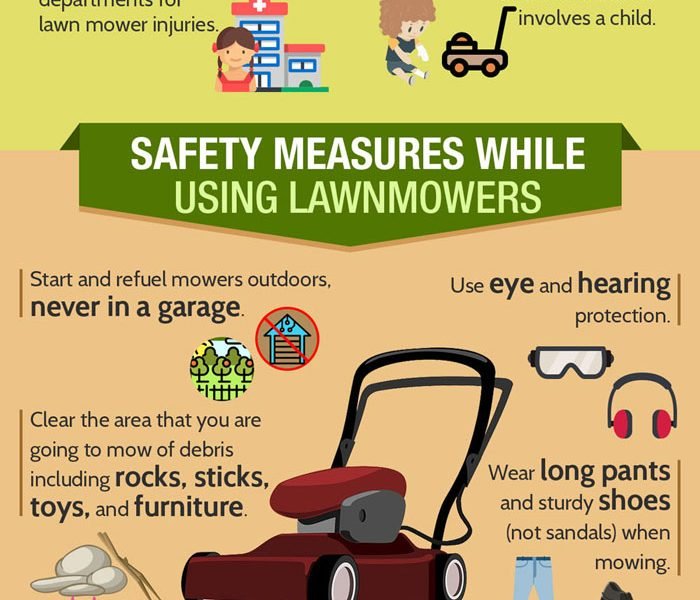
This image is property of pbs.twimg.com.
7. Mow Safely
7.1. Keep Toddlers Indoors or Away from the Lawn
To prioritize the safety of your toddlers, it is advisable to keep them indoors or in a separate play area away from the lawn while the mower is in operation. Create a designated space indoors where your toddlers can play or engage in activities that are separate from the mowing area. This will reduce the likelihood of accidental encounters between the toddlers and the mower, ensuring their well-being and minimizing potential risks.
7.2. Mow in a Pattern and Pay Attention
Mowing the lawn in a consistent pattern and paying attention to your surroundings are essential for safe operation. Start from one side of the lawn and mow in straight lines or overlapping rows to achieve a neat and even result. This methodical approach allows you to maintain control of the mower and avoid any sudden changes in direction that might surprise or confuse your toddlers. Additionally, remain attentive throughout the mowing process, vigilant for any potential hazards or obstacles that may require immediate attention.
7.3. Avoid Mowing on Steep or Uneven Surfaces
When mowing the lawn, it is important to avoid mowing on steep or uneven surfaces, especially when toddlers are present. These areas can pose additional risks as the mower’s stability may be compromised, increasing the chances of accidents or tip-overs. If your lawn has challenging terrain, consider using alternative methods for maintaining these areas, such as manual trimming or employing professional services. By avoiding steep or uneven surfaces, you can minimize the potential dangers associated with mowing.
8. Watch for Flying Debris
8.1. Clear Objects Before Mowing
Before you begin mowing, make sure to clear the lawn of any loose objects such as rocks, sticks, or toys. These items can become projectiles when struck by the lawn mower blades and pose a danger to both the operator and nearby toddlers. Take the time to thoroughly inspect the lawn and remove any objects that could potentially be thrown or caught in the mower. By maintaining a debris-free environment, you can significantly reduce the risk of flying debris accidents.
8.2. Warn Others in the Area
If there are other people present in the vicinity, it is important to warn them about the potential risks associated with the mower. Inform anyone nearby, including neighbors or even passersby, about your intention to mow the lawn and request that they keep a safe distance. This simple act of communication can help prevent unintentional encounters between the mower and individuals who may not be aware of the hazards. By fostering a sense of community awareness, you can enhance the safety of the environment for everyone.
8.3. Keep Toddlers at a Safe Distance
Maintaining a safe distance between your toddlers and the mower is crucial to prevent accidents. Advise your toddlers to stay within the designated safety zone or indoors during the mowing process. Remind them of the importance of staying away from the mower and educate them about the potential dangers of flying debris. By actively ensuring that your toddlers are at a safe distance, you can minimize the risk of injuries and create a secure environment for them to play.
This image is property of api.kramesstaywell.com.
9. Store and Transport Properly
9.1. Secure the Lawn Mower in a Locked Area
When you are finished using the lawn mower, it is essential to store it in a safe and secure location. Ideally, store the mower in a locked shed, garage, or storage area that is inaccessible to toddlers. This prevents unauthorized access and ensures that the mower is kept out of reach when not in use. By securing the mower in a locked area, you can mitigate the risk of toddlers accidentally coming into contact with the machine and reduce the chances of accidents or injuries.
9.2. Empty the Gasoline Tank
Before storing the lawn mower, it is important to empty the gasoline tank. Use the appropriate containers and follow safety precautions to safely dispose of the fuel, as recommended by local regulations. Gasoline can be highly flammable, and storing a mower with a full tank increases the risk of fire or accidents. By properly emptying the gasoline tank, you eliminate a potential hazard and enhance the overall safety of storing the lawn mower.
9.3. Transport the Mower Safely
If you need to transport the lawn mower, ensure that it is done safely and securely. Disconnect the spark plug wire before loading the mower onto a trailer or into a vehicle to prevent accidental starts. Use appropriate tie-down straps or other securing mechanisms to keep the mower stable during transportation. Additionally, avoid transporting the mower with toddlers in the same vehicle, as the mower’s movement and noise can be unsettling for them. By following these transportation guidelines, you can minimize the risks associated with moving the lawn mower.
10. Be Prepared for Emergencies
10.1. Know First Aid for Lawn Mower Injuries
While taking all precautions to ensure a safe mowing experience, it is still important to be prepared for emergencies and know basic first aid for lawn mower injuries. Understanding how to provide immediate assistance in the event of cuts, burns, or other injuries can make a crucial difference in the outcome. Maintain a well-stocked first aid kit and educate yourself on basic first aid procedures specific to lawn mower accidents. Being prepared can help minimize the impact of an emergency and promote quick recovery.
10.2. Keep a Fire Extinguisher Nearby
Accidents involving lawn mowers and fuel can potentially result in fires. Having a fire extinguisher readily available can be a lifesaver in such situations. Ensure that you have a properly maintained and accessible fire extinguisher nearby when operating the mower. Familiarize yourself with its usage and keep others informed about its location. By being proactive and prepared, you can swiftly respond to any fire-related incidents and prevent them from escalating.
10.3. Have Emergency Contacts Accessible
Having quick access to emergency contacts is essential in any situation where immediate assistance may be required. Keep a list of important phone numbers, including local emergency services and healthcare providers, readily available. Store this information in a visible and easily accessible location, such as on the refrigerator or near a telephone. In case of an emergency, this will enable you to quickly and efficiently reach out for help.

